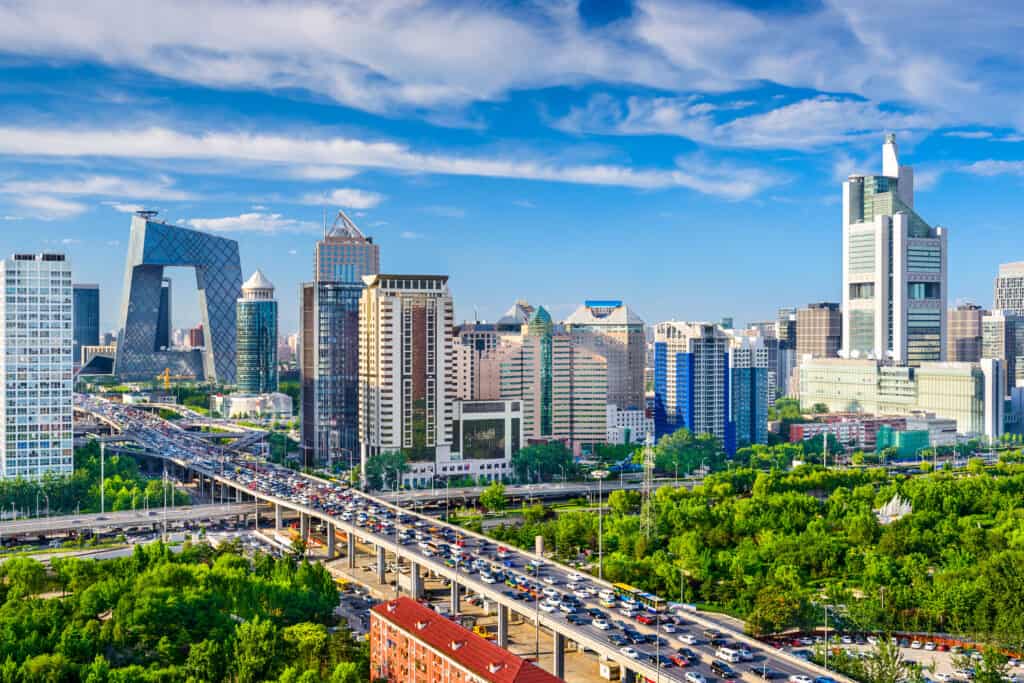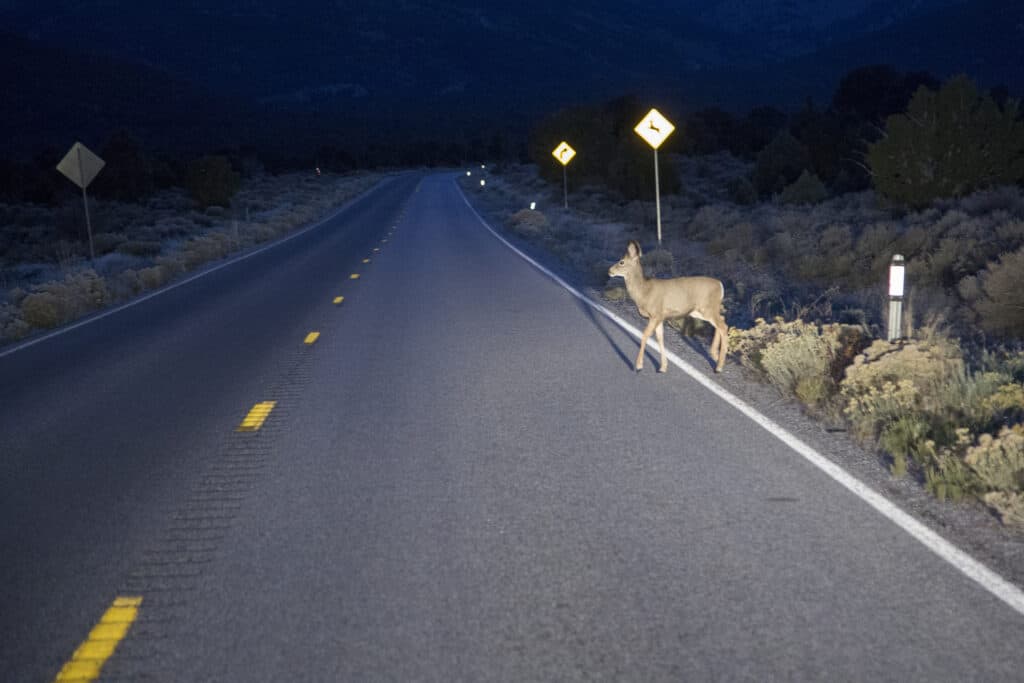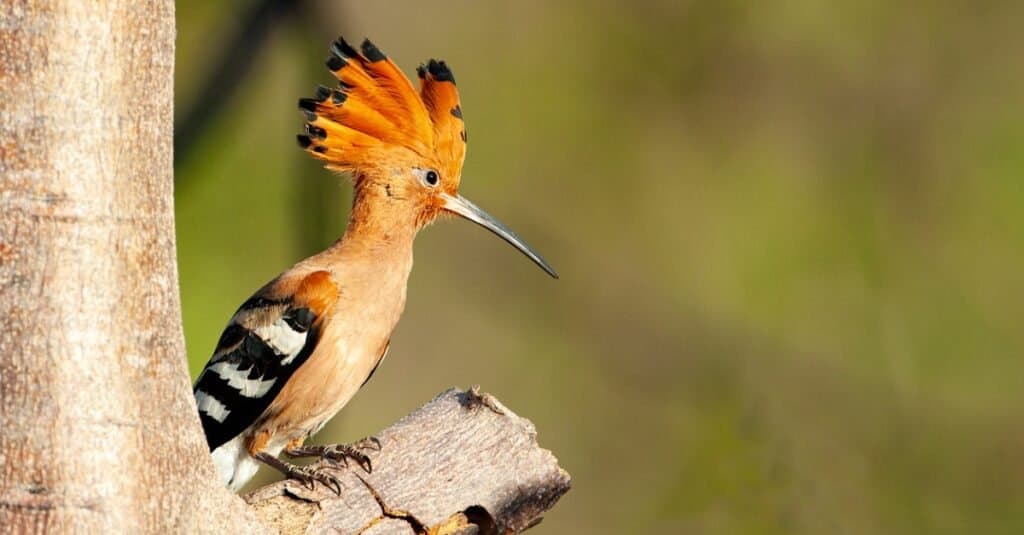There are few things more miserable than being trapped in a seemingly unending traffic jam. But can you imagine cars at a standstill stretching for 62 miles and lasting 12 days? This terrible traffic tie-up occurred in August 2010 on the Beijing-Tibet Expressway in China. It’s known as the world’s worst traffic jam ever.
Where Did the World’s Worst Traffic Jam Occur?
The whole mess happened on the north-south Beijing-Tibet Expressway near Beijing and spilled over onto China National Highway 110.
The worst of it was located between Inner Mongolia and the Hebei province (northwest of Beijing.) Vehicles at an impasse spanned 62 miles (100 km) along the highway.

Beijing drivers experience heavy traffic and slow commutes.
©ESB Professional/Shutterstock.com
Traffic in China
The story begins with China’s ever-increasing number of cars and trucks traversing public roads. In 2020, nearly 2.4 million passenger vehicles were sold in China. The result is slow travel times near big cities. Reports state that Beijing drivers average speeds of 15 miles per hour (24 km per hour) during peak commuting hours.
Officials have attempted to reduce traffic congestion by advising residents to use public transportation. Around the time of the colossal traffic jam, Beijing drivers were mandated to leave their cars at home one day per week. This strategy didn’t work.
What Caused the Traffic Jam?
The world’s worst traffic jam happened based on a confluence of factors, but it all began thanks to road construction. Ironically, the construction was intended to alleviate some of the expressway’s congestion. Traffic was further snarled by congestion from trucks delivering construction materials to Beijing, which were intended for the expressway
Even more, trucks were on the road delivering coal from Inner Mongolia to Beijing. Because coal production had increased, there wasn’t enough railway capacity to carry it all. Hence trucks needed to haul the coal into the city.
The whole situation grew worse and worse, because drivers, exhausted from sitting in cars hour after hour, began falling asleep at the wheel, and not moving forward when traffic began to move.
Additionally, vehicles began to break down, blocking the road, and large trucks slowed things further because they were unable to start up again quickly after stopping. Fender benders became commonplace and added more chaos to the already chaotic situation. People reported their vehicles were moving at the snail’s pace of 2 miles per day, or 3 kilometers every 24 hours!
Locals Took Advantage of the Situation
Locals saw the drivers stranded in their cars without food and water and jumped on the opportunity to make some extra money. Venders began selling things like bottles of water and instant noodles to the thirsty and hungry drivers.
However, the sellers inflated the prices to shocking levels over ten times their normal cost. This led to conflicts involving violence, robberies, and even stabbings. Over 400 police officers were called in to keep the peace.
To pass the time people napped, played cards, and argued with vendors over the exorbitant prices. Truck drivers were seen sleeping underneath their trucks to prevent robberies.
Interestingly, detours were available but would require further travel. Many drivers chose to stay on the gridlocked road to avoid high gas prices and toll road costs.
How Does Traffic Impacts Wildlife?
Traffic doesn’t only hurt humans, but vehicle congestion, paved roadways, and exhaust fumes can harm wildlife and their habitats.

Deer are most active during mornings and evenings when most people are commuting to and from work.
©iStock.com/frontpoint
Traffic affects wildlife in several ways:
- Animals can be killed by speeding vehicles.
- Animals lose habitats when natural areas are transformed into paved roads.
- Roadways can hinder or block animals from their usual daily roamings.
- Traffic can hinder migrating animals from reaching their destinations.
- Pollution from vehicle exhaust can affect the health of animals and pollute food sources.
What Wildlife Can Be Found in the Area?
Although you may not think of an array of wildlife existing around the bustling city of Beijing, there is a surprisingly rich and diverse mammal and bird population. Some species can be found within the city, such as Siberian weasels, Siberian chipmunks, and Amur hedgehogs.

The Hoopoe is an eye-catching bird that lives in and around the city of Beijing.
©iStock.com/Andrey Kanyshev
Roaming the nearby countryside are mammals such as leopard cats, red foxes, wild boars, and Siberian roe deer. Some of the birds found in the area include the Eurasian tree sparrow, Oriental magpie, crows, and hoopoe.
How Did the Traffic Jam Finally Disperse?
Finally, traffic dispersed one night in late August, with the help of authorities clearing the area. So the next time you find yourself at a standstill in the rush hour commute, be glad it won’t last for 12 days.
The photo featured at the top of this post is © Ground Picture/Shutterstock.com
Thank you for reading! Have some feedback for us? Contact the AZ Animals editorial team.







